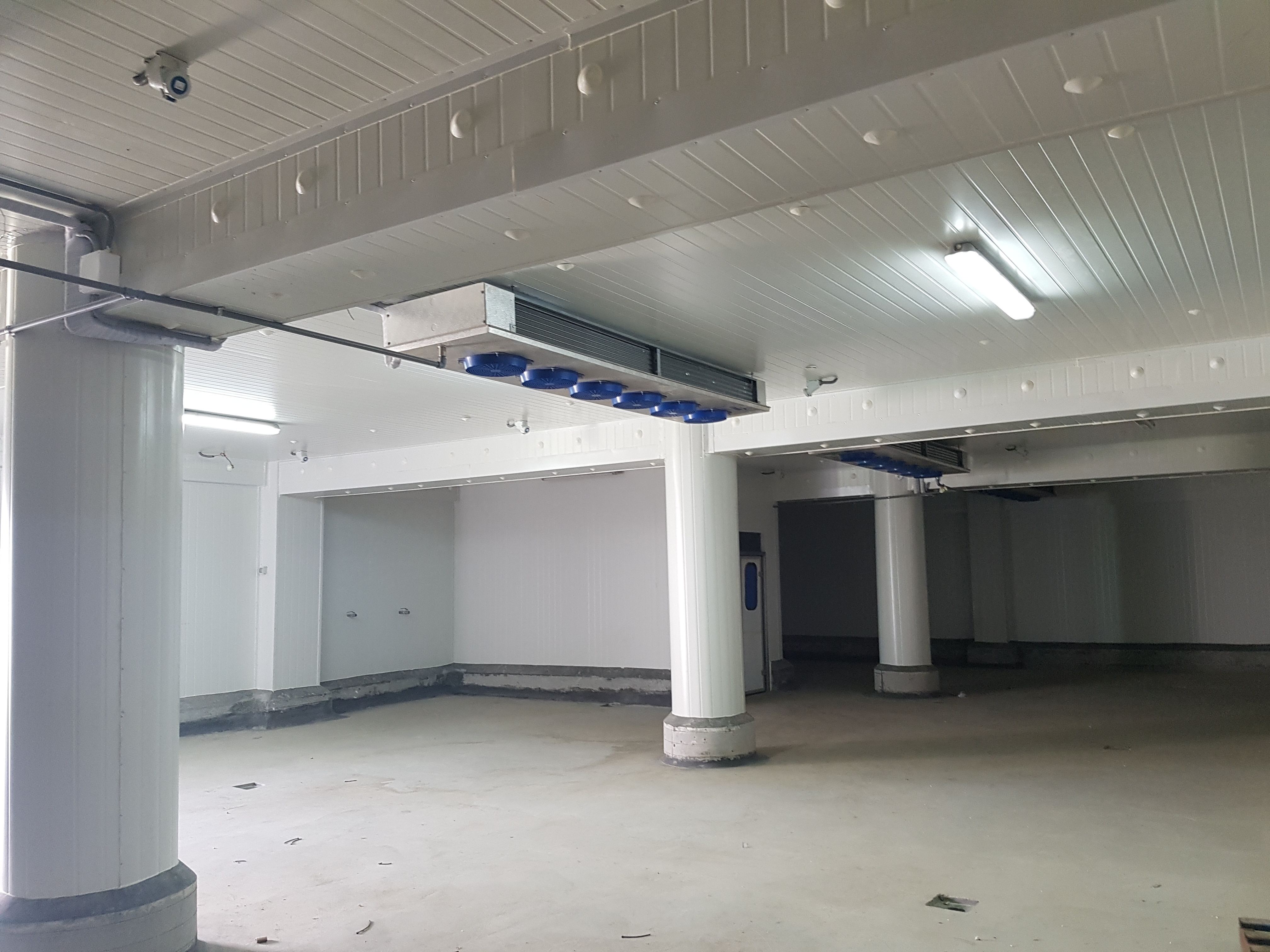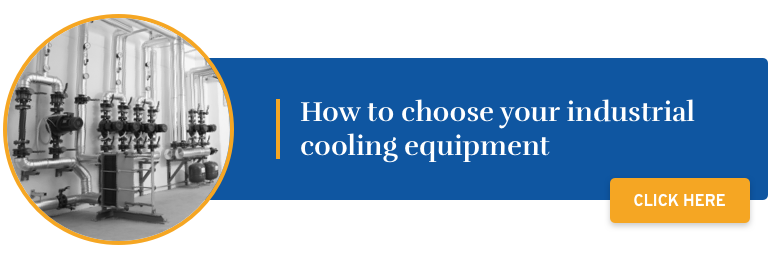Cooling spaces are kept below average room temperature, and so there must be, at all times, a driving force to push the heat inflow from the cooling space' surroundings. This is because the heat always flows from the greater-temperature area towards the lower-temperature one.
As a result from the heat flow, the temperature in the cooling space will reach room temperature, unless the irradiated heat is rapidly exhausted from the cooling space.
A cooling system must be large enough to get rid of all the heat gain and thus keep the cooling space at a low temperature.
In this way, the size of a cooling system, and, consequently, the pieces of equipment and their cooling capacities, are given by the heat gain rate at that space.
What is the cooling load?
The overall heat gain for a cooling space, all components at peak condition or greater demand times, is referred to as cooling load. It consists of:
- Transmission load: the heat at the cooling space permeating through walls, the floor and ceiling.
- Infiltration load: resulting from the surrounding heated air entering the cooling space through cracks and open doors.
- Product load: the heat removed from food products as they adjust to the cooling temperature.
- Internal load: the heat sourced from lighting, motors, and people at the cooling space.
Cooling gear load: the heat coming from the cooling devices as they perform their tasks, such as re-heating and defrosting.
Cooling equipment size
The cooling equipment size must be determined by the maximum cooling load, which most typically takes place when the outer temperature is high, and when the most products at room temperature are moved inside the cooling chamber.
What kind of cooling equipment does your cooling room need?
Besides this information, what else is needed to know the necessary equipment? Firstly, the heat to be depressed must be determined. A cooling chamber is made up of the following straightforward components:
- Evaporators
- Condensing Unit
- PUR Panels
- Reach-in doors
- Strip doors
- Service doors
- Control panels
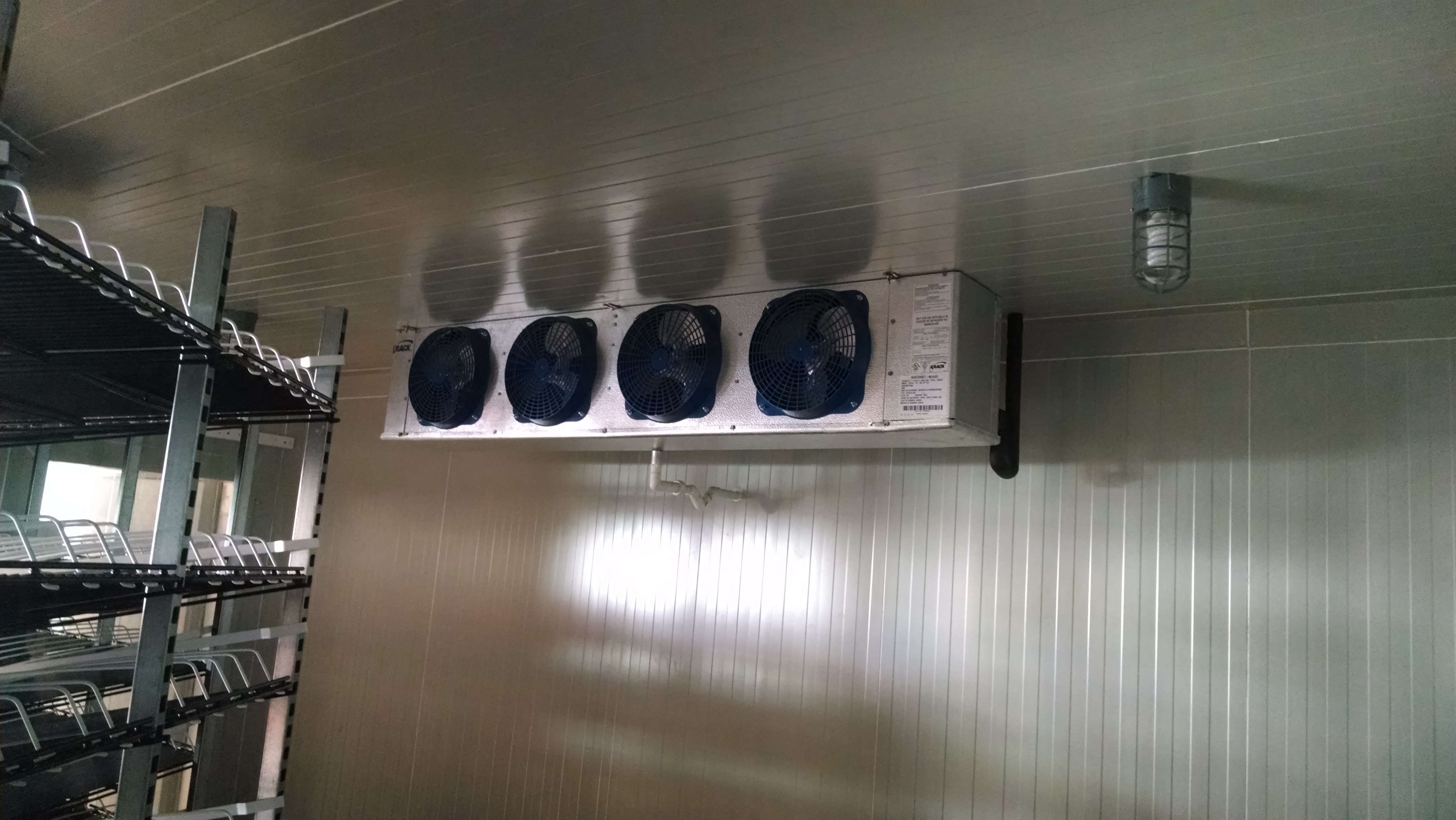
The items above are the typical requirements of a cooling chamber. However, depending on either the mechanical system to be implemented, i.e. direct expansion or fluid recirculation, or the cooling agent, i.e. halocarbons, ammonia, carbon dioxide, etc., the pipeline, valve, and heat exchanger specs will vary.
Cold storage variables
The cold storage facilities kept at below-zero temperatures can cause ice to form underneath the floor, which will wear out in turn. Therefore, ground freezing protection must be put in place for those areas in need of, such as air vents, electrical grids, heating systems, or heated pipelines.
This is why it is extremely important to carry out top-of-the-line projects across all stages, from design, insulating-material selection, i.e. insulating panels, doors and access gates, cooling equipment, valves and control measures, to heat exchangers. In this way, greater costs will be avoided when purchased as a bundle rather than separately.
Related
Discover more related articles
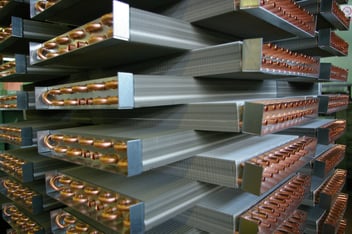
Applications of cooling coils in an industrial cooling system
Within the industrial cooling systems, the cooling coils are a component formed by tubes of different materials through which a fluid passes, while...
Read more »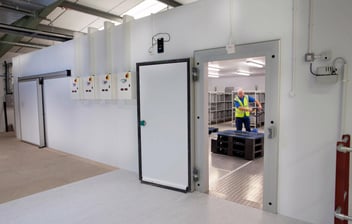
5 rules of thumb for cooling chamber design
When it comes to servicing a cooling room, the first step will always be a good design.Preventive maintenance begins at the early stages of quoting,...
Read more »